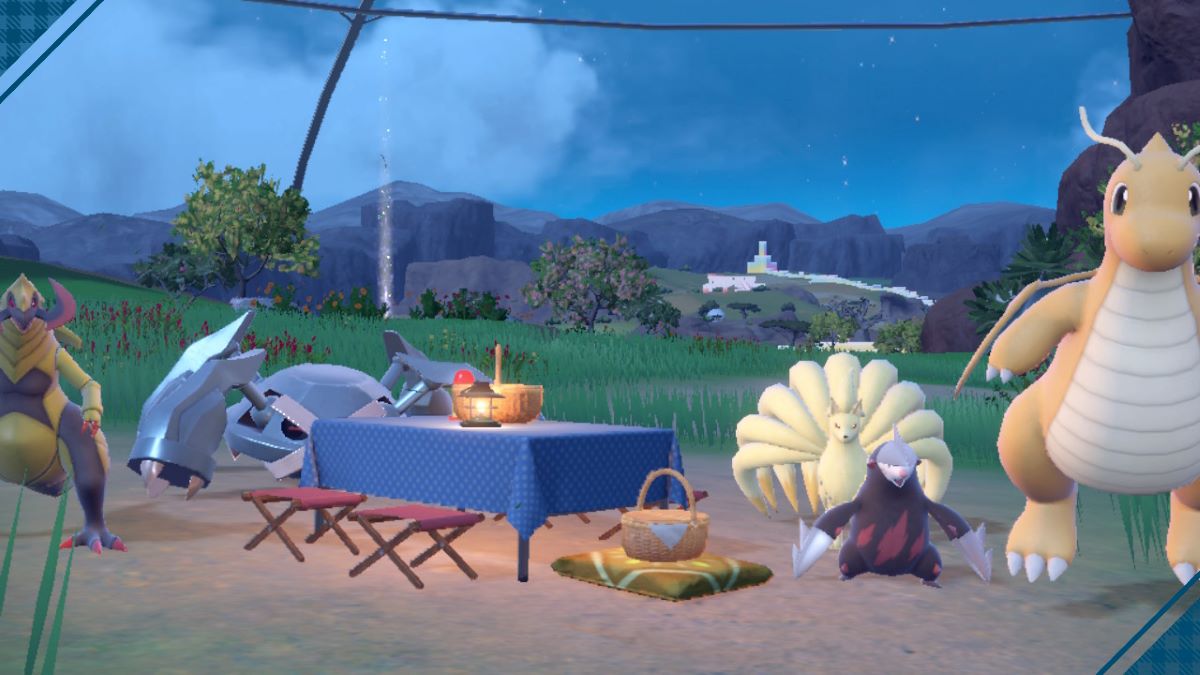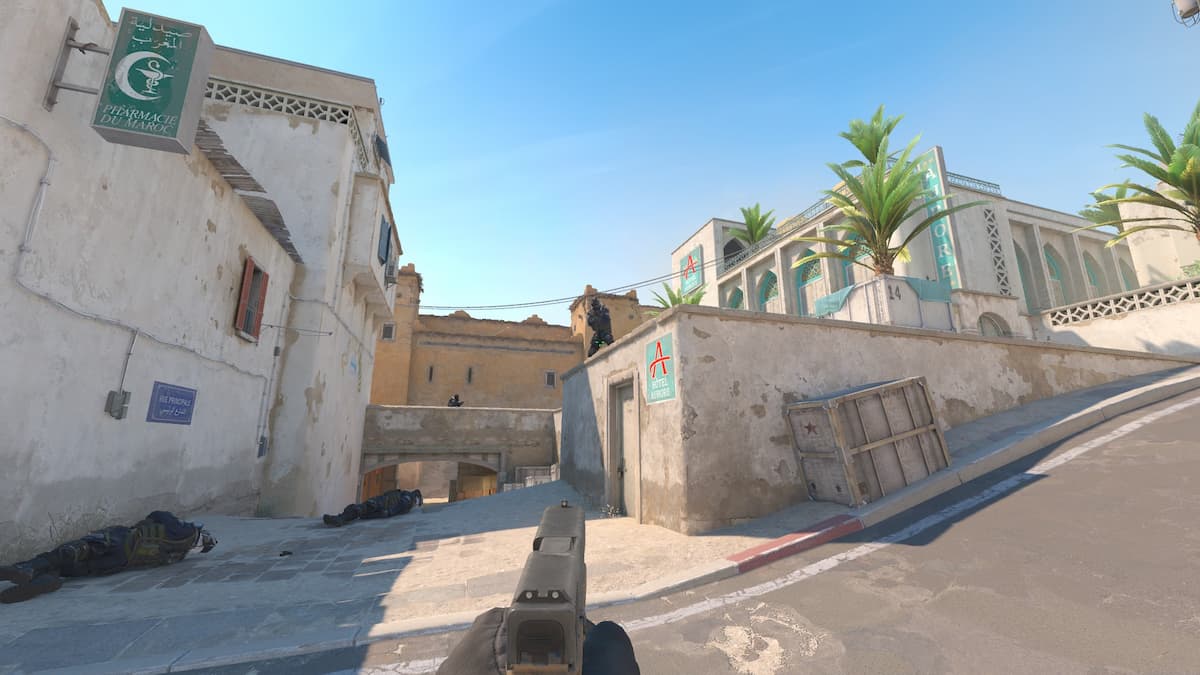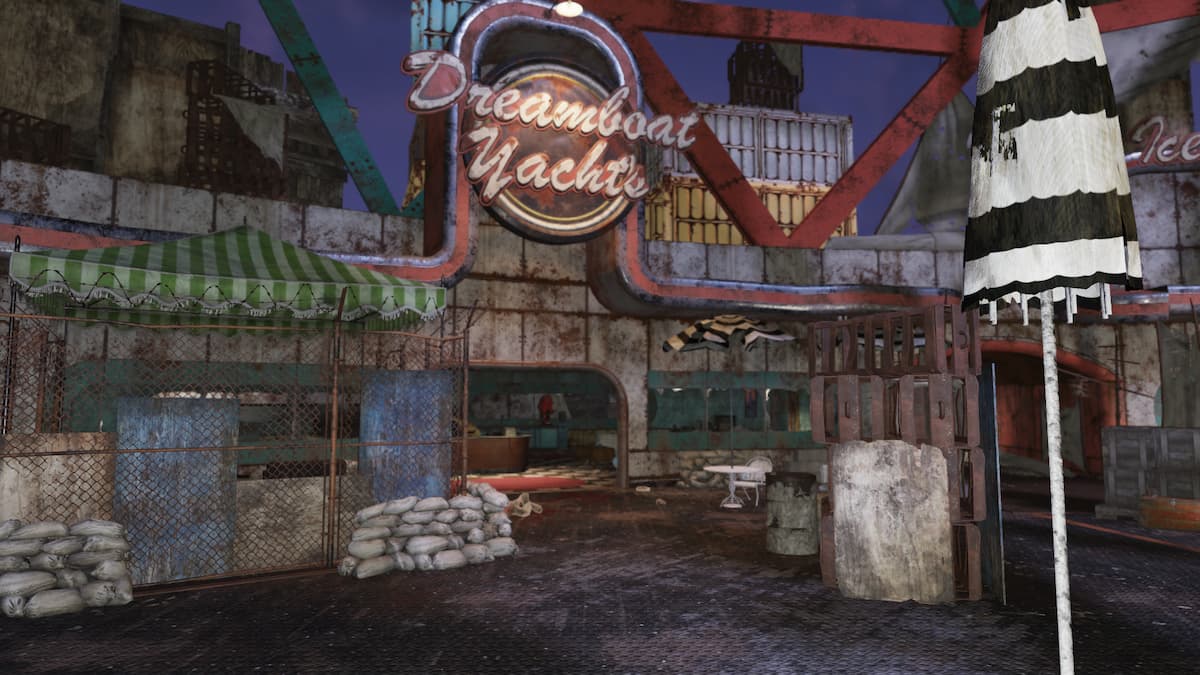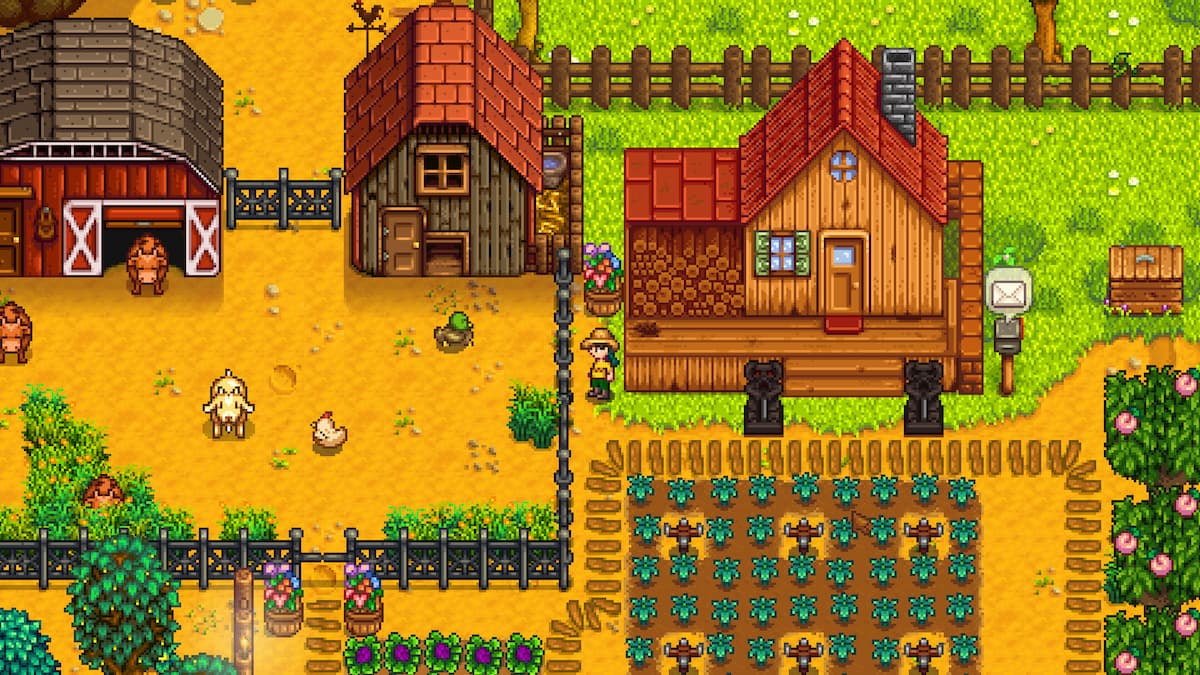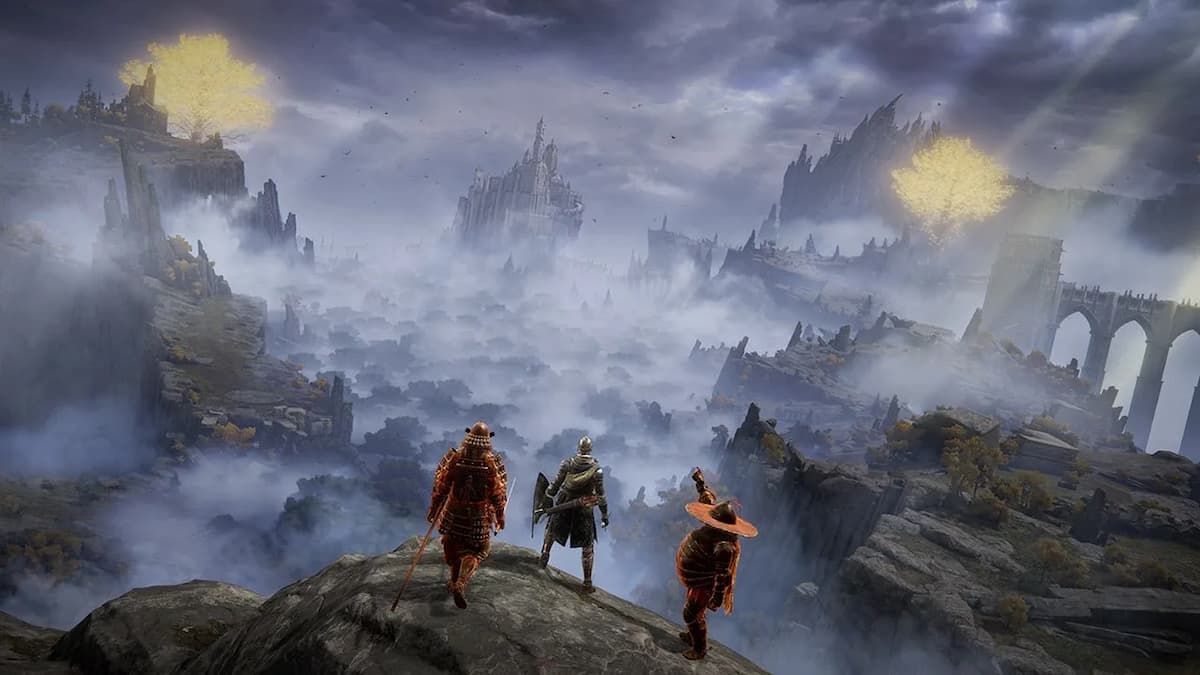“Those early games, in all their brutal punishment and so-called ‘abuse’ of the players actually gave the players something that instinctively motivated them to form the foundation of a strong societal framework within the confines of the game world.”
RAVaught in MMOs are not Games: Where MMO’s Go Wrong
I agree wholeheartedly that early multiplayer games, just like early civilization, presented a brutal, dangerous world, and that the best means of survival and advancement was reliance on others. However, just as I’m not forced to battle sabertooth tigers or kill mammoths for my food these days, civilization (and video games) have advanced to a new level where most people form communities not based on the need for survival but out of mutual interests and amicability.
When I read the above, I picture game developers standing over players with a stick, beating them into pens they call “communities”. The problem with using the stick to force a community is that players aren’t docile beasts of burden; they always have the choice of not playing at all. In the end, with the stick, you’ll end up with one type of community – those who were willing to endure the pain together at the exclusion of every other type.
Instead, I think the best communities form around carrots – tools that reward and encourage organic communities to form. Letting players express their intent and find like-minded individuals, encouraging them to bring along communities they are already actively involved in, and creating an open, welcoming atmosphere.
I’ll give some examples of what works and what doesn’t – mostly from World of Warcraft because that’s where my own game experience has been spent.
What works (or worked)
In the early days of World of Warcraft, the “end-game” was pretty much raiding. Players had to have a dedicated group to first get attuned, then geared, and finally raid. Finding random groups for these was spotty at best because you could only group on the same server. Other than raiding and preparing for raids, there was little else to do so groups that banded together all had the same purpose. Guilds were rarely larger than enough people to form 1-2 raiding groups plus alts (roughly 100-150 people or less).
When the honor system was announced and server-specific battlegrounds existed, battles between opposing players (or groups of players) on the same server took on a more epic scale and could become almost feud-like. Groups got to know each other’s play styles and trash talked each other on server forums.
Communal resources for guilds (chat, banks, calendar, profession trading) encourage sharing and collaboration between members of a guild. Chat between guild members is typically more forgiving than general chat. A dedicated communal bank encourages sharing items between fellow guild-mates. In-game event calendars for guilds allows scheduling not just of raids but of fun community events. And it’s more enjoyable finding someone who can craft something within a guild than spamming the trade channels.
Guild perks can reward players for staying in guilds to a point. Being rewarded for participating in guild activities has potential to encourage communities to stick together. (There’s a big downside below that I suspect was unanticipated.)
What doesn’t work
As other end-game options arose, communities started splintering into subgroups – the PvPers, the alt-levelers, the questers, the completionists (achievement-seekers), the farmers, etc. More and more end-game activities can be performed solo so the draw of a specific guild was less important.
Cross-server battlegrounds and then Looking For Group/Raid (LFR) killed the “local” community feel of server-based PvP and raid competition. Who cares if you’re server-first when the LFR group will handily down the same boss next week. Why bother scheduling a raid with your guild at all if you can do it right now in LFR. It’s boring to trash-talk random players on other servers instead of players from your server, especially when they’re much less likely to even check the server forums.
Guild leveling encouraged the formation of super-guilds with massive numbers of people rather than people of equal skill and interest. A small guild of 10-20 friends would take close to a year to reach the level cap even if they played excessively. A guild with 1000 members can reach it in a few weeks of grinding. When numbers are most important, a selection process becomes a hindrance. Once a guild reaches the cap, what reason do players have to stick around in the mega-guilds? There are plenty of other guilds at cap to transfer to (and benefit from).
Conclusion
Communities thrived in earlier versions of World of Warcraft not because the world was a scary place, but because they had a vested “local” interest, they were formed of smaller groups with similar interests, and they had just enough tools to encourage staying together. Communities in World of Warcraft are dying off now because there’s much more content that’s accessible to individual players (LFR, cross-server PvP/dungeons, daily questing, achievements, etc.), because guild leveling discourages small guild sizes, and because there’s no easy way to differentiate guilds and players based on interests.
Finding the right carrots to build a community can be tricky. Fixing some problems (battleground/instance queue times and faction imbalance) can cause others (destruction of “local” communities). In the long run, social games that succeed long-term will hopefully be those that create tools that encourage communities to self-form around similar interests without sacrificing the ease of play that encourages large enough groups of players to stick around.

